Home>Gardening & Outdoor>Landscaping Ideas>How To Lay Topsoil For Grass Seed
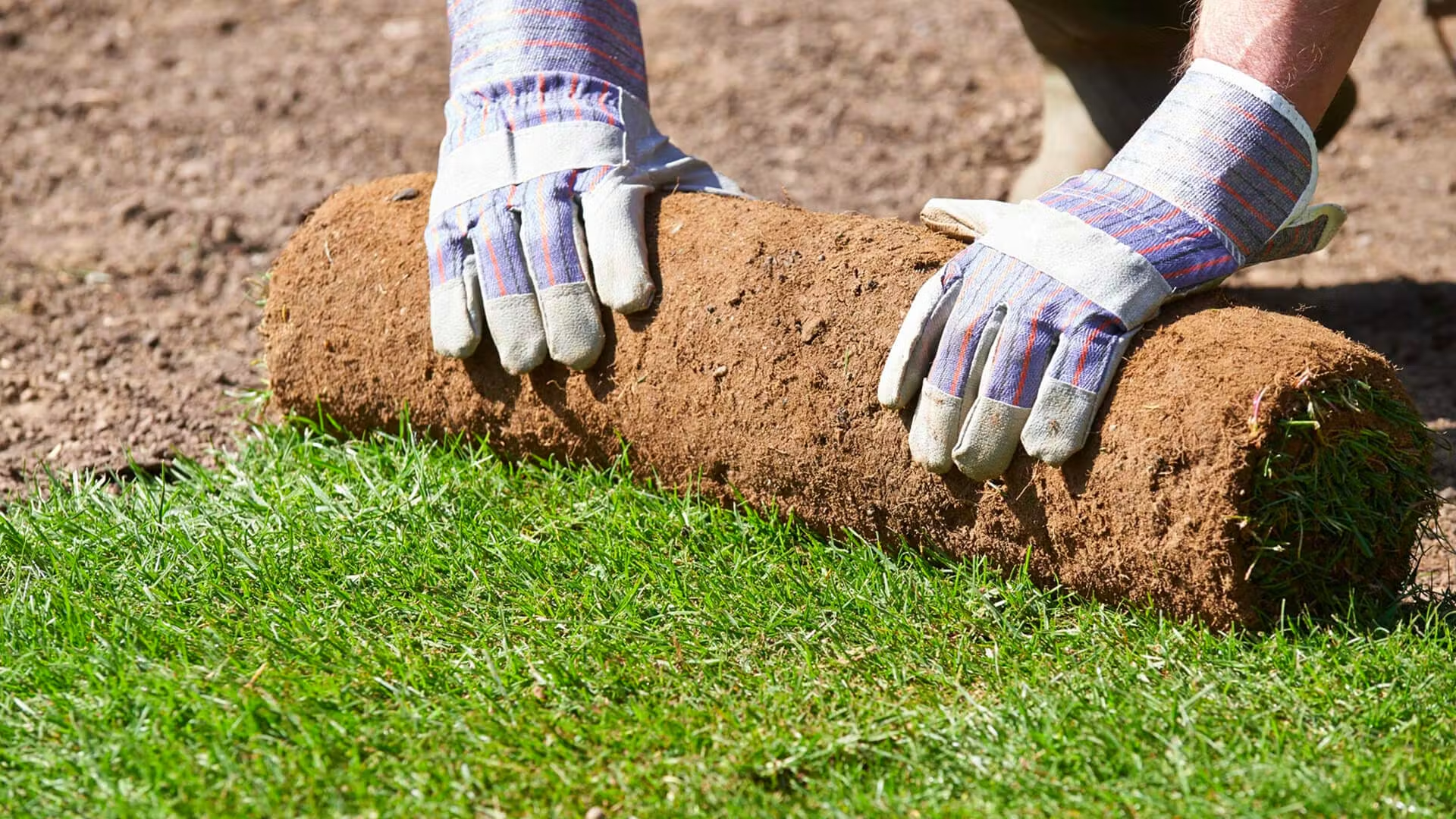

Landscaping Ideas
How To Lay Topsoil For Grass Seed
Modified: February 18, 2024
Learn how to lay topsoil for grass seed with our expert landscaping ideas. Follow our step-by-step guide for a lush and healthy lawn.
(Many of the links in this article redirect to a specific reviewed product. Your purchase of these products through affiliate links helps to generate commission for Storables.com, at no extra cost. Learn more)
Introduction
Laying topsoil for grass seed is a crucial step in establishing a healthy and vibrant lawn. Whether you're rejuvenating an existing lawn or starting from scratch, the process of laying topsoil sets the foundation for successful grass growth. By following the right steps and techniques, you can create an optimal environment for the grass seed to take root and flourish.
Properly laying topsoil provides numerous benefits for your lawn. It helps to improve soil structure, enhances water retention, and provides essential nutrients for the grass seed to thrive. Additionally, topsoil acts as a protective layer, shielding the grass seed from harsh environmental conditions and promoting healthy germination.
In this comprehensive guide, we will walk you through the essential steps to effectively lay topsoil for grass seed. From preparing the area to nurturing the newly seeded lawn, each step plays a vital role in ensuring the success of your lawn revitalization or establishment project. By understanding and implementing these steps, you can create an optimal environment for healthy grass growth and a lush, green lawn.
Now, let's delve into the step-by-step process of laying topsoil for grass seed, equipping you with the knowledge and techniques needed to transform your outdoor space into a verdant oasis.
Key Takeaways:
- Preparing the area and spreading topsoil evenly are crucial for successful grass growth. It sets the stage for healthy root development and lush, resilient lawn.
- Applying high-quality grass seed and consistent watering nurture the emerging lawn. It creates an optimal environment for vibrant and resilient grass growth.
Read more: What Topsoil For Grass Seed
Step 1: Prepare the Area
Before laying topsoil for grass seed, it's essential to prepare the area meticulously to create an optimal environment for successful grass growth. Proper preparation sets the stage for effective topsoil application and ensures that the grass seed will have the best chance of thriving. Here's a detailed look at the crucial steps involved in preparing the area for topsoil and grass seed:
-
Clear the Area: Begin by clearing the designated area of any debris, rocks, or existing vegetation. Use a rake or a garden hoe to remove any obstacles that could hinder the even distribution of topsoil. This step is vital for creating a clean and level surface for the topsoil and grass seed.
-
Soil Analysis: Consider conducting a soil test to assess the pH levels and nutrient composition of the soil. This analysis provides valuable insights into the soil's characteristics, allowing you to make informed decisions about any necessary soil amendments or fertilization before laying the topsoil. Understanding the soil's properties enables you to address any deficiencies and create an optimal environment for the grass seed to thrive.
-
Address Drainage: Evaluate the area's drainage patterns to identify any potential issues that could affect the new lawn. Ensure that the area has proper drainage to prevent waterlogging, which can impede grass growth. If necessary, make adjustments to the terrain or incorporate drainage solutions to promote healthy water flow.
-
Loosen the Soil: Use a garden fork or a mechanical tiller to loosen the soil in the designated area. Loosening the soil helps to improve aeration and facilitates better root penetration for the grass seed. This step is particularly beneficial for compacted or dense soil, as it enhances the soil's ability to retain moisture and nutrients.
-
Address Soil Compaction: If the soil is significantly compacted, consider aerating the area to alleviate compaction and promote healthy soil structure. Aerating the soil enhances water and nutrient penetration, creating an environment conducive to robust grass growth.
By meticulously preparing the area before laying topsoil, you establish the groundwork for a successful grass seeding project. These preparatory steps contribute to creating an optimal environment for the topsoil and grass seed, setting the stage for healthy and vibrant lawn growth.
Step 2: Spread the Topsoil
Once the area is meticulously prepared, the next crucial step in laying topsoil for grass seed is the even distribution of the topsoil. This process plays a pivotal role in creating a fertile and nurturing foundation for the grass seed to germinate and thrive. Here's a detailed guide on effectively spreading the topsoil to optimize the conditions for successful grass growth.
Topsoil Selection:
Begin by selecting high-quality topsoil that is rich in organic matter and nutrients. Opt for topsoil that is free from debris and contaminants, ensuring that it provides an ideal medium for grass seed germination. Quality topsoil promotes healthy root development and provides essential nutrients for the young grass plants, contributing to the establishment of a lush and resilient lawn.
Even Application:
Using a shovel or a wheelbarrow, distribute the topsoil evenly across the prepared area. Aim for a consistent layer of topsoil, typically ranging from 1 to 2 inches in depth. Ensure that the topsoil layer is uniform, avoiding uneven patches that could lead to variations in grass growth. An even application of topsoil sets the stage for uniform grass coverage and promotes a visually appealing and healthy lawn.
Read more: How Many Inches Of Topsoil To Grow Grass
Smooth and Level Surface:
After spreading the topsoil, use a rake or a leveling tool to create a smooth and level surface. Gently rake the topsoil to eliminate any mounds or depressions, achieving a uniform and flat terrain for the grass seed. A level surface facilitates uniform water distribution and promotes consistent seed-to-soil contact, essential for successful germination and early root establishment.
Consider Soil Amendments:
Depending on the results of the soil analysis conducted during the preparation phase, consider incorporating soil amendments into the topsoil. This may include organic matter, compost, or specialized fertilizers tailored to address any nutrient deficiencies identified in the soil test. By amending the topsoil as needed, you can further enhance its fertility and create an optimal environment for robust grass growth.
Protective Layer:
The layer of topsoil serves as a protective barrier for the grass seed, shielding it from external elements and providing a nurturing environment for germination. The topsoil helps to retain moisture, regulate soil temperature, and protect the young seedlings from potential stressors, contributing to higher germination rates and healthier initial growth.
By effectively spreading the topsoil with precision and care, you establish the groundwork for successful grass seed germination and early growth. The even application and proper preparation of the topsoil create an environment conducive to healthy root development and robust grass establishment, setting the stage for a vibrant and resilient lawn.
Step 3: Level the Topsoil
Leveling the topsoil is a critical step in the process of laying topsoil for grass seed, as it sets the stage for uniform grass coverage and optimal seed-to-soil contact. A smooth and level surface facilitates consistent water distribution and promotes even germination, essential for the establishment of a healthy and visually appealing lawn.
After spreading the topsoil evenly across the prepared area, the next focus is on achieving a uniform and flat terrain. This can be accomplished by using a rake or a leveling tool to carefully smooth out the topsoil, eliminating any mounds, ridges, or depressions. The goal is to create a seamless surface that provides an ideal foundation for the grass seed to take root and flourish.
Leveling the topsoil not only contributes to the aesthetic appeal of the lawn but also plays a crucial role in promoting successful grass growth. A smooth and level surface ensures that the grass seed comes into consistent contact with the soil, maximizing the potential for germination and early root establishment. Additionally, it facilitates uniform water absorption, preventing water pooling in uneven areas and promoting balanced moisture distribution across the seeded area.
Furthermore, a level topsoil surface minimizes the risk of uneven grass growth, creating a visually pleasing and well-manicured lawn. By addressing any irregularities and ensuring a uniform topsoil layer, you set the stage for a cohesive and lush grass cover that enhances the overall appearance of the outdoor space.
In some cases, the process of leveling the topsoil may involve gentle compaction to create a stable and uniform surface. This can be achieved using a lawn roller or a compacting tool, carefully applying pressure to ensure a consistent topsoil density. However, it's important to exercise caution and avoid excessive compaction, as this can hinder root penetration and water absorption, ultimately impacting grass growth.
By meticulously leveling the topsoil, you create an optimal environment for successful grass seed germination and early growth. The smooth and level surface promotes uniform seed-to-soil contact, facilitates consistent moisture distribution, and contributes to the establishment of a healthy and vibrant lawn. This essential step sets the stage for the next phase of the process, as you prepare to apply the grass seed and nurture the newly seeded area.
Read more: How Deep Should Topsoil Be For Grass
Step 4: Apply Grass Seed
Applying grass seed is a pivotal stage in the process of laying topsoil for grass seed, marking the transition from soil preparation to the active establishment of the new lawn. This step involves strategically distributing the grass seed across the prepared topsoil, setting the stage for germination and the emergence of lush, green grass. Here's a detailed guide on effectively applying grass seed to optimize the conditions for successful lawn establishment.
Seed Selection:
Begin by selecting high-quality grass seed that is well-suited to the specific environmental conditions and intended use of the lawn. Consider factors such as sunlight exposure, soil type, and climate when choosing the appropriate grass seed variety. Opt for a premium blend that aligns with the desired aesthetic and functional characteristics of the lawn, whether it's a resilient turf for high-traffic areas or a fine-textured grass for ornamental landscapes.
Even Distribution:
Using a broadcast spreader or a handheld seed spreader, evenly distribute the grass seed across the prepared topsoil. Aim for a uniform coverage, ensuring that the seed is spread consistently throughout the designated area. Pay attention to overlapping patterns to prevent gaps or uneven distribution, promoting a comprehensive and balanced seeding process.
Seed-to-Soil Contact:
After spreading the grass seed, gently rake the topsoil to ensure optimal seed-to-soil contact. This step is crucial for promoting germination, as it facilitates the anchoring of the seed in the soil and promotes the absorption of essential moisture. By creating a firm yet gentle contact between the seed and the soil, you enhance the conditions for successful germination and early root development.
Read more: How To Lay Grass
Protecting the Seed:
Consider applying a thin layer of mulch or straw over the seeded area to provide protection and promote moisture retention. This protective covering helps shield the grass seed from external stressors, such as wind and erosion, while maintaining a conducive environment for germination. Additionally, it aids in moisture regulation and temperature control, contributing to higher germination rates and healthier initial growth.
Nurturing the Seedlings:
After applying the grass seed, it's essential to establish a consistent watering regimen to nurture the newly seeded area. Maintain adequate moisture levels to support germination and early growth, ensuring that the soil remains consistently damp without becoming waterlogged. By providing the necessary care and attention, you set the stage for the emergence of vibrant and resilient grass seedlings, laying the foundation for a lush and healthy lawn.
By effectively applying the grass seed with precision and care, you initiate the process of lawn establishment, setting the stage for successful germination and the emergence of a vibrant and resilient grass cover. This essential step marks a significant milestone in the transformation of the outdoor space, as you nurture the newly seeded area and embark on the journey towards a lush and thriving lawn.
Step 5: Water the Area
Watering the newly seeded area is a crucial step in the process of laying topsoil for grass seed, as it plays a pivotal role in nurturing the emerging grass seedlings and promoting healthy establishment. Proper watering is essential for maintaining optimal moisture levels, supporting germination, and facilitating early root development, all of which are vital for the successful growth of the new lawn.
After applying the grass seed and ensuring adequate seed-to-soil contact, the next focus is on establishing a consistent and effective watering regimen. This involves providing the newly seeded area with the right amount of water at the appropriate frequency, creating an environment conducive to robust grass growth and establishment.
The key to successful watering lies in maintaining consistent moisture levels in the soil without over-saturating or allowing it to dry out. Initially, the newly seeded area should be watered lightly and frequently to keep the soil consistently damp. This frequent watering regimen supports the germination process, ensuring that the grass seed remains adequately hydrated as it begins to sprout and develop.
As the grass seedlings start to emerge and establish their root systems, the watering frequency can be gradually reduced while increasing the amount of water applied during each watering session. This transition to deeper, less frequent watering encourages the development of robust root systems, promoting the resilience and long-term health of the emerging lawn.
It's important to water the area in the early morning or late afternoon to minimize water loss through evaporation and to ensure that the moisture has the opportunity to penetrate the soil effectively. Additionally, using a fine mist or gentle spray nozzle can help prevent soil erosion and minimize disturbance to the newly seeded area, providing a nurturing and conducive watering experience for the emerging grass seedlings.
Consistency is key when it comes to watering the newly seeded area. Monitoring the soil moisture levels and adjusting the watering regimen based on environmental conditions and the stage of grass growth is essential for promoting healthy establishment. By providing the right amount of water at the right times, you create an optimal environment for the emerging grass seedlings to thrive, setting the stage for the development of a lush and resilient lawn.
In summary, watering the newly seeded area is a fundamental aspect of the lawn establishment process, contributing to the successful germination and early growth of the grass seedlings. By maintaining consistent moisture levels and providing the necessary care and attention, you nurture the emerging lawn, laying the foundation for a vibrant and healthy outdoor space.
Conclusion
In conclusion, the process of laying topsoil for grass seed is a fundamental and transformative endeavor that sets the stage for the establishment of a lush and vibrant lawn. Each step in this comprehensive guide plays a crucial role in creating an optimal environment for successful grass growth, from meticulous soil preparation to the nurturing care of the newly seeded area.
By preparing the designated area with precision and care, addressing soil composition, drainage, and compaction, you establish the groundwork for effective topsoil application. The even distribution and careful leveling of the topsoil create a fertile and nurturing foundation for the grass seed, promoting uniform coverage and optimal seed-to-soil contact. Additionally, the strategic application of high-quality grass seed and the implementation of a consistent watering regimen contribute to the successful germination and early growth of the emerging lawn.
The culmination of these efforts is the transformation of the outdoor space into a verdant oasis, characterized by a lush and resilient grass cover that enhances the aesthetic appeal and functionality of the landscape. The newly established lawn not only enriches the visual appeal of the surroundings but also provides a welcoming and rejuvenating outdoor environment for various activities and relaxation.
Furthermore, the benefits of laying topsoil for grass seed extend beyond immediate visual gratification. A healthy and well-established lawn contributes to environmental sustainability, promoting soil stability, water conservation, and biodiversity. The dense grass cover helps prevent soil erosion, enhances air quality, and provides a habitat for diverse flora and fauna, contributing to the overall ecological balance of the area.
Ultimately, the process of laying topsoil for grass seed is a rewarding and transformative journey that yields long-term benefits. By understanding and implementing the essential steps outlined in this guide, you can create an optimal environment for healthy grass growth and establish a vibrant and resilient lawn that enriches the outdoor living experience.
In embracing the art of laying topsoil for grass seed, you embark on a journey of nurturing and cultivating the natural beauty of the landscape, fostering a thriving and sustainable outdoor space for years to come.
Frequently Asked Questions about How To Lay Topsoil For Grass Seed
Was this page helpful?
At Storables.com, we guarantee accurate and reliable information. Our content, validated by Expert Board Contributors, is crafted following stringent Editorial Policies. We're committed to providing you with well-researched, expert-backed insights for all your informational needs.

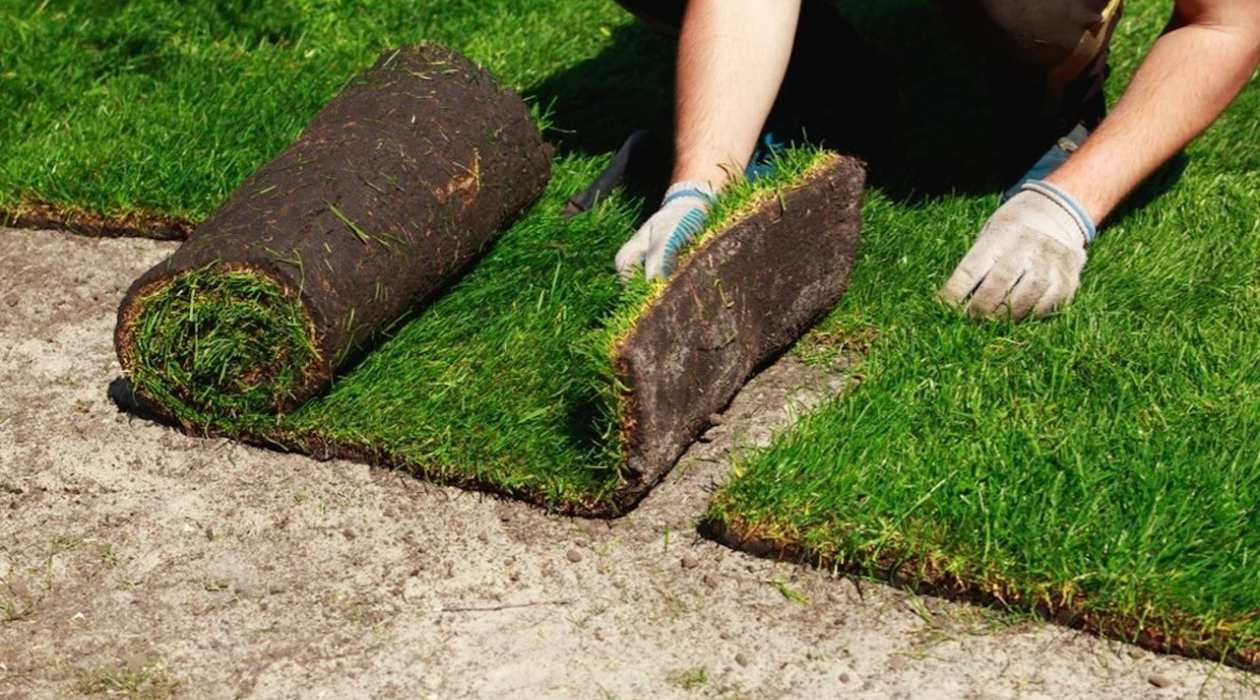
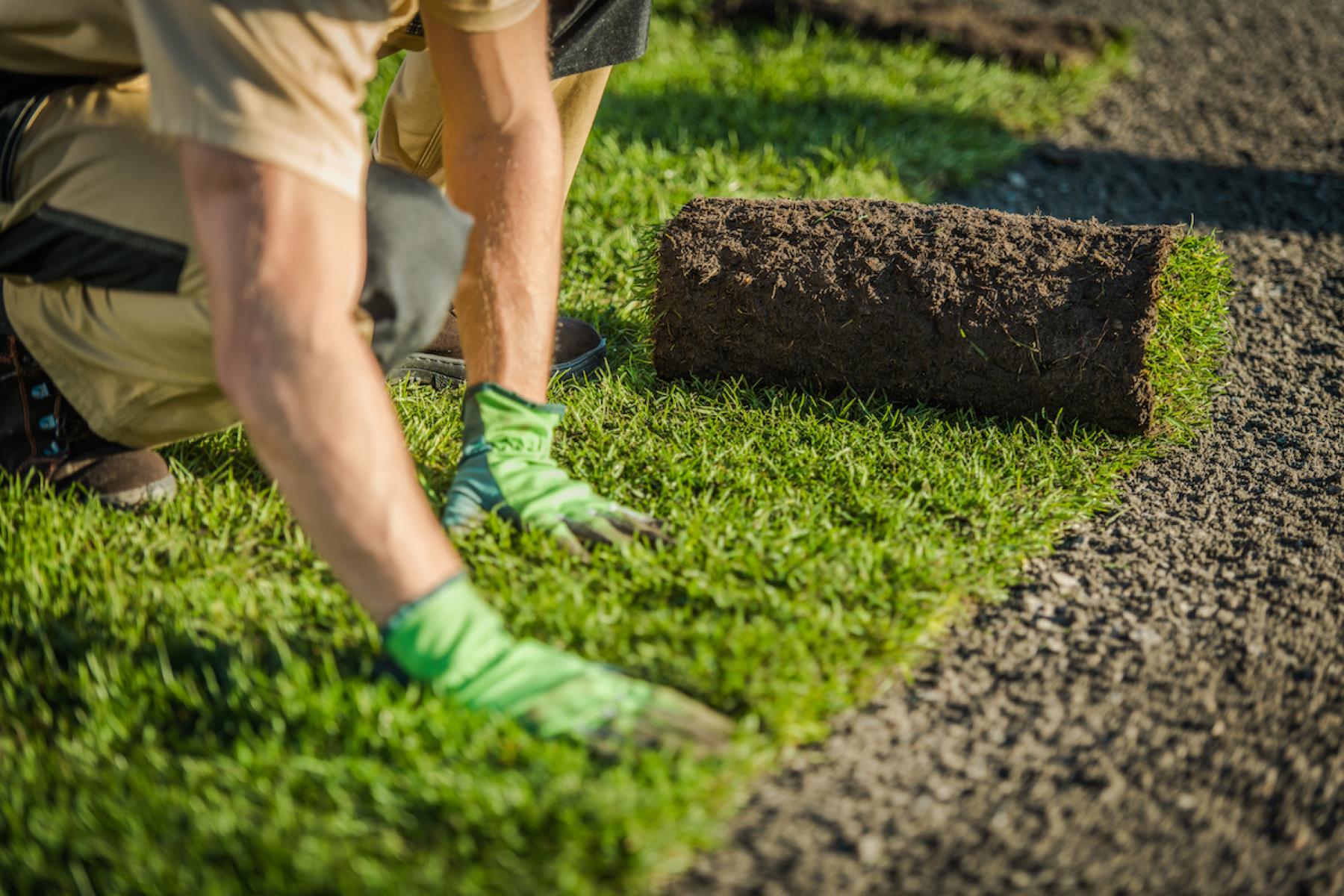
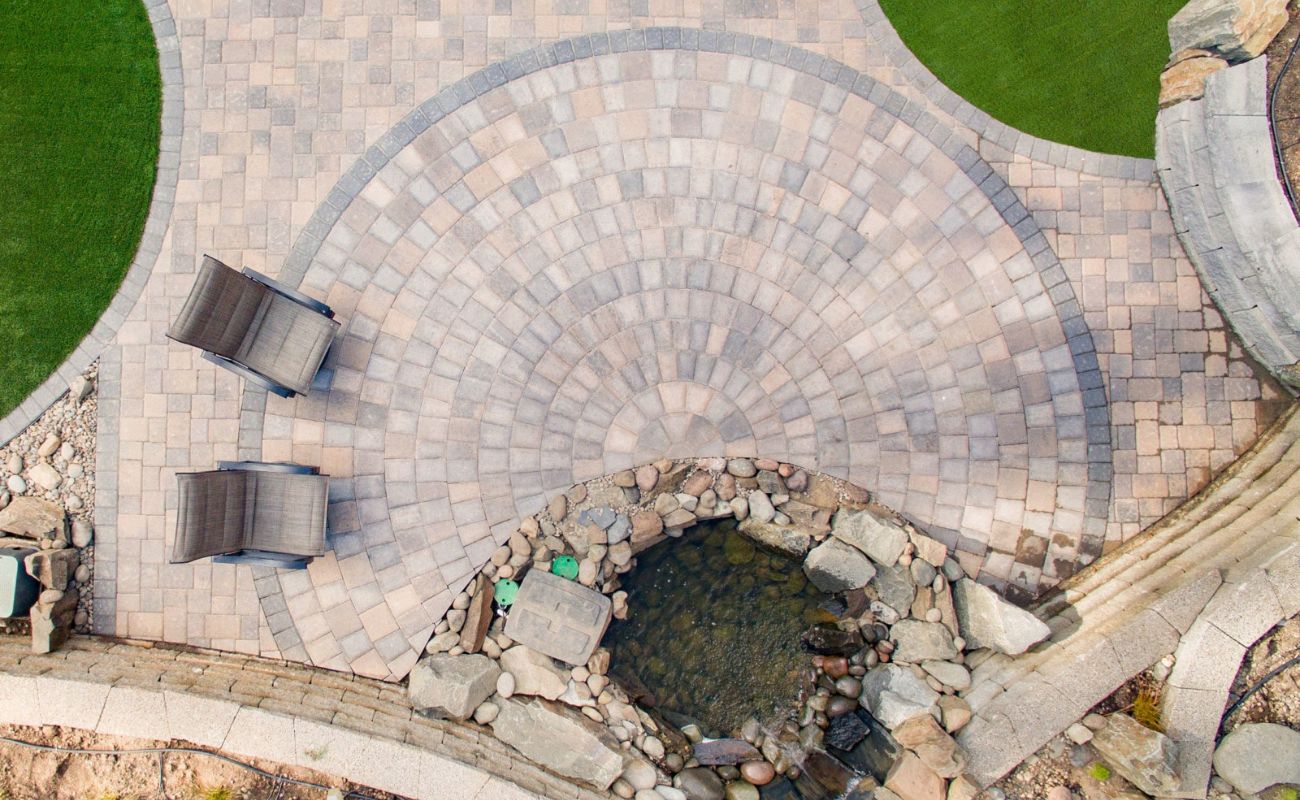
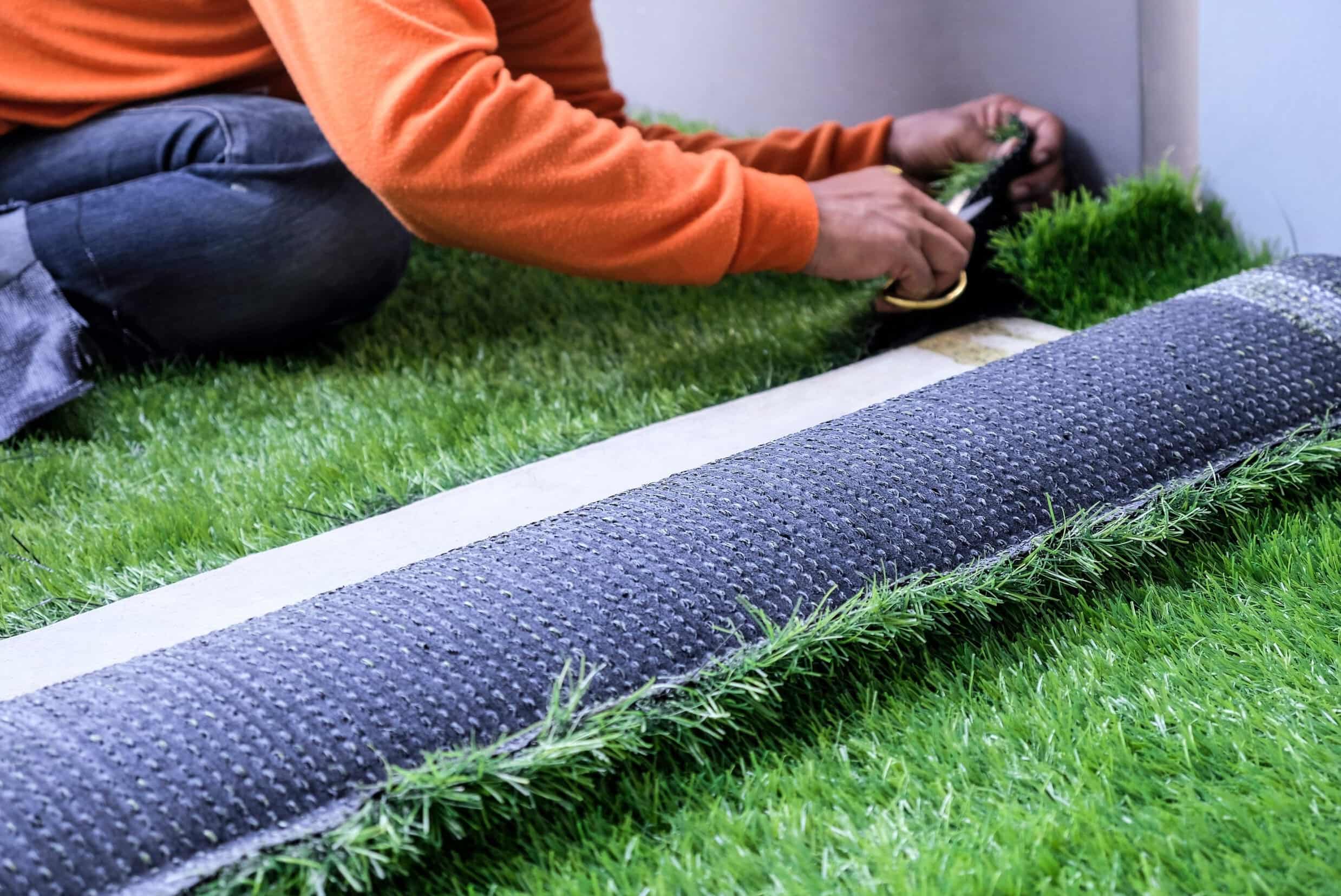
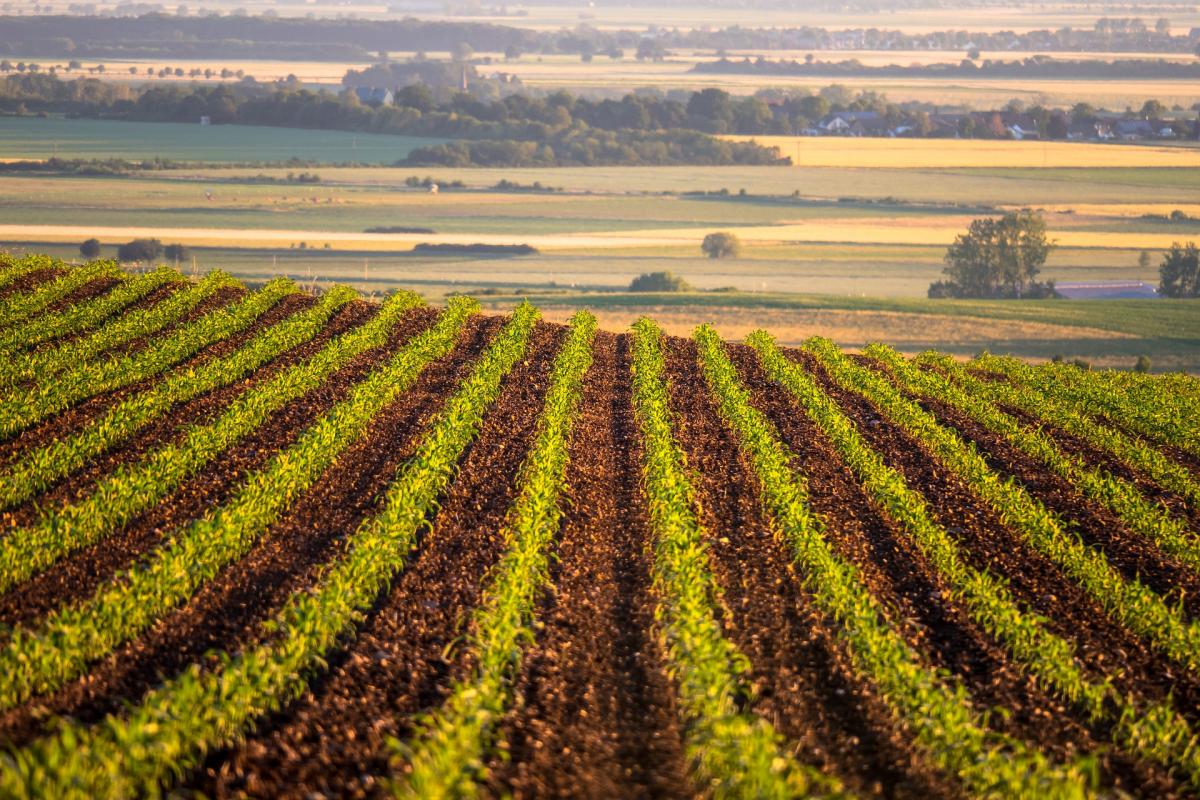
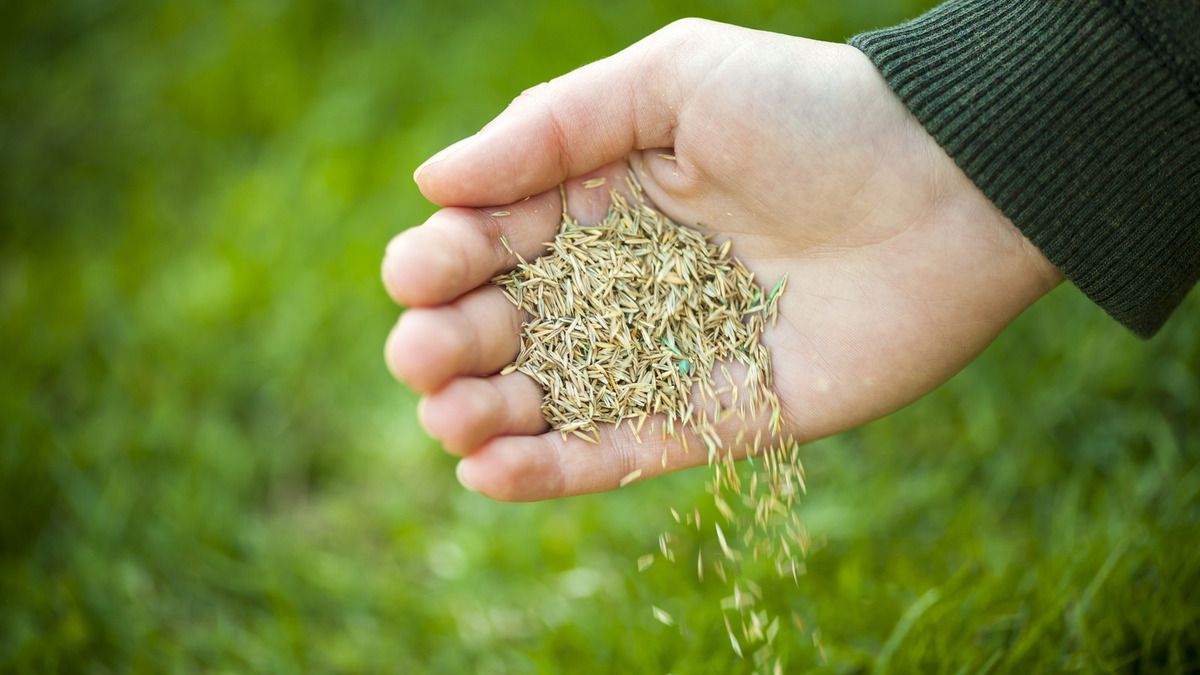
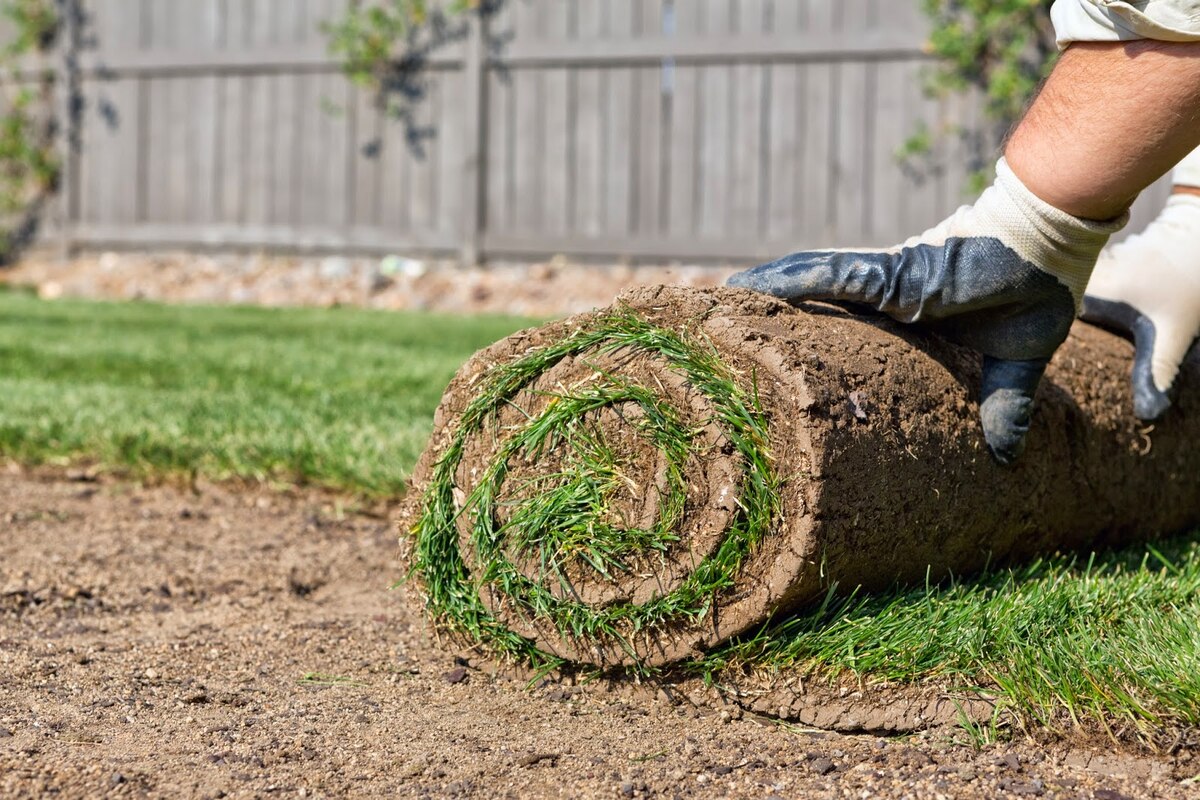
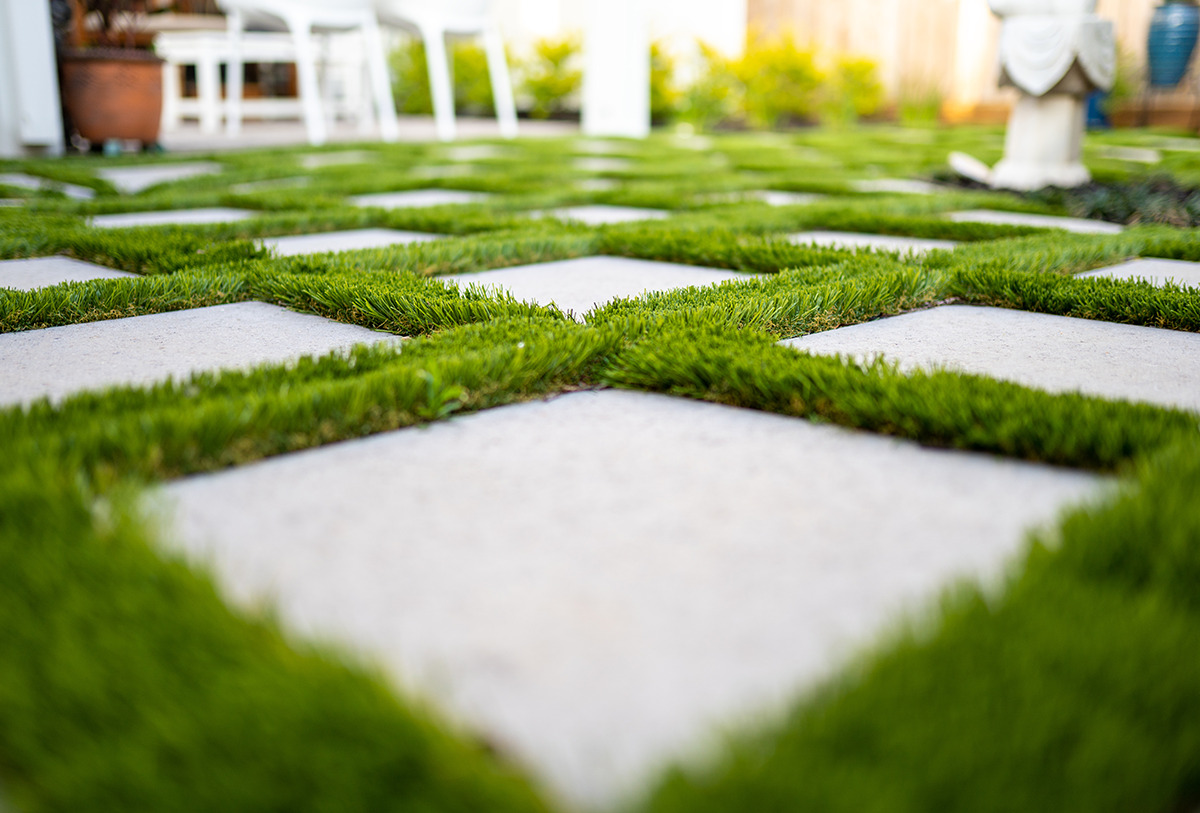




0 thoughts on “How To Lay Topsoil For Grass Seed”